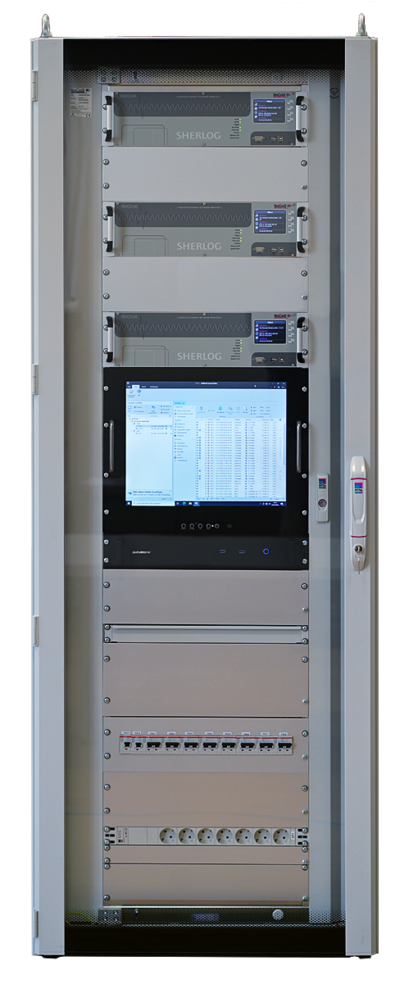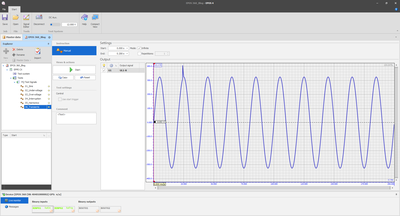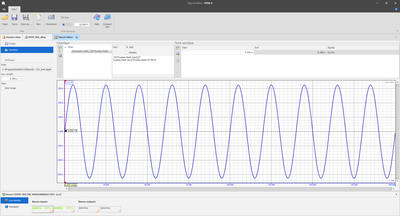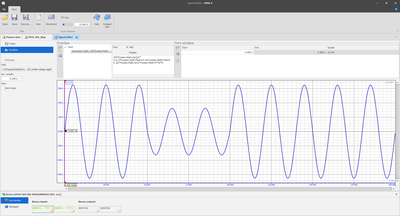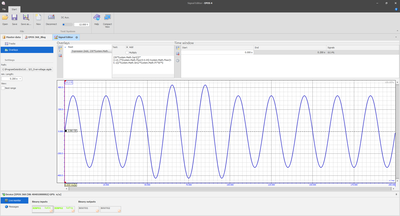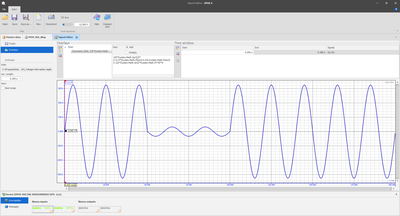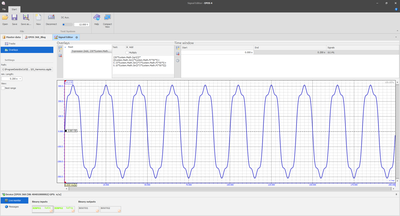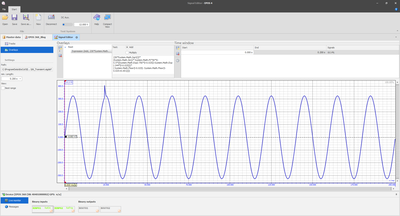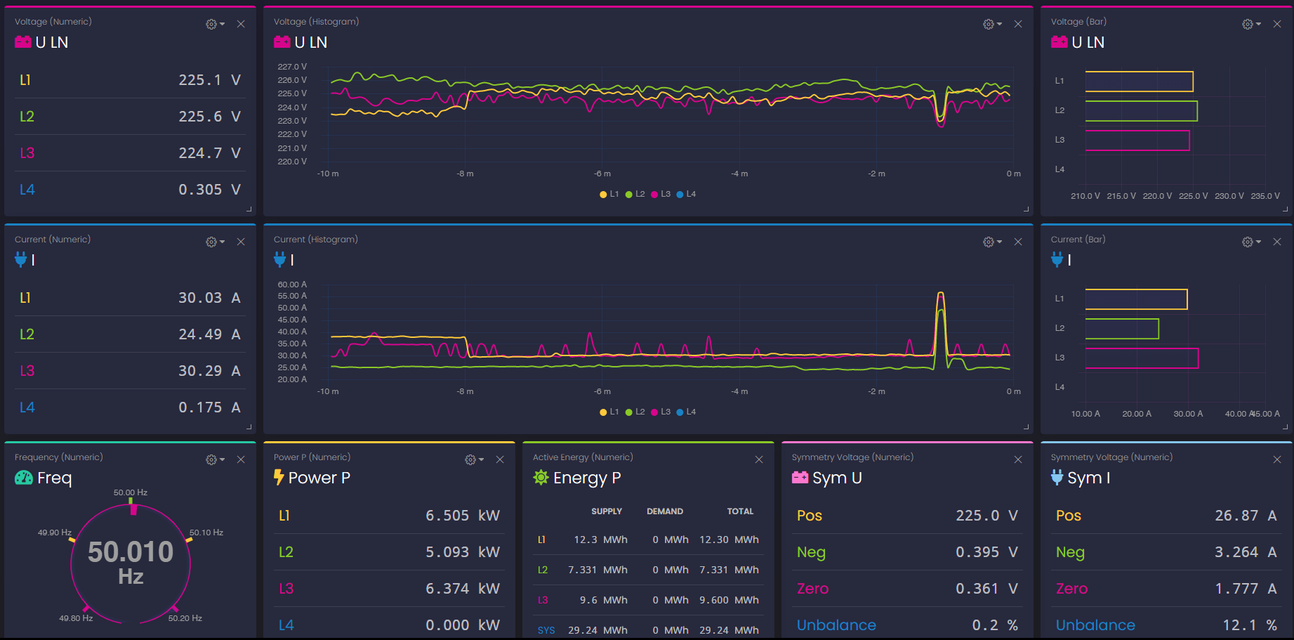KoCoS offers project planning and cabinet production for complete SHERLOG solutions
08. avril 2022, - Digital fault recording
KoCoS offers project planning and cabinet production for complete SHERLOG solutions
KoCoS is well known as a reliable manufacturer of high-quality test and measurement systems. However, only a few people know that KoCoS also designs and builds complete control cabinets according customer specifications and supplies them worldwide.
The installation concept of measurement data acquisition for network status and fault detection of electrical power supply networks and systems can be roughly divided into centralized and decentralized installations. Which concept is used is essentially decided by the individual conditions on site. It is therefore not surprising that a mix of both methods is often used.
Decentralized solution
In the case of the decentralized solution, compact measuring devices with a few analog and digital inputs are usually integrated into existing switchgear or protective cabinets and are used to monitor one or two bays. One advantage of this method is, for example, the low installation effort due to short cable runs, which also allow the measuring systems to be integrated directly into existing protection or measuring transformer circuits.
Centralized solution
In the case of the central acquisition solution, on the other hand, extensive measuring systems are required that have to record larger plant areas, entire voltage levels or even the entire plant. Several hundred measurement inputs are sometimes required for this application. Such measuring systems are then installed in dedicated cabinets in which all the necessary measuring points are brought together.
For such central systems, KoCoS supplies not only the measuring equipment but also, complete solutions in fully wired and tested cabinets.
To this end, KoCoS works out the target concept together with the customer and takes on all tasks from engineering to detailed planning, drawing production, cabinet manufacture, system parameterization and documentation.
Only high-quality components from well-known manufacturers are used in the construction of the cabinets and installed on site at KoCoS.
After commissioning and individual configuration, on-site or remote maintenance and service are also part of the range of services.
Any questions or additions on this subject? Then please use the comment function here on the blog or send an e-mail to mjesinghausen(at)kocos.com.
